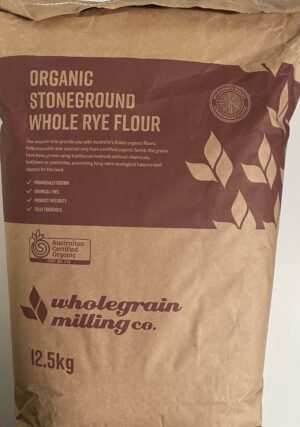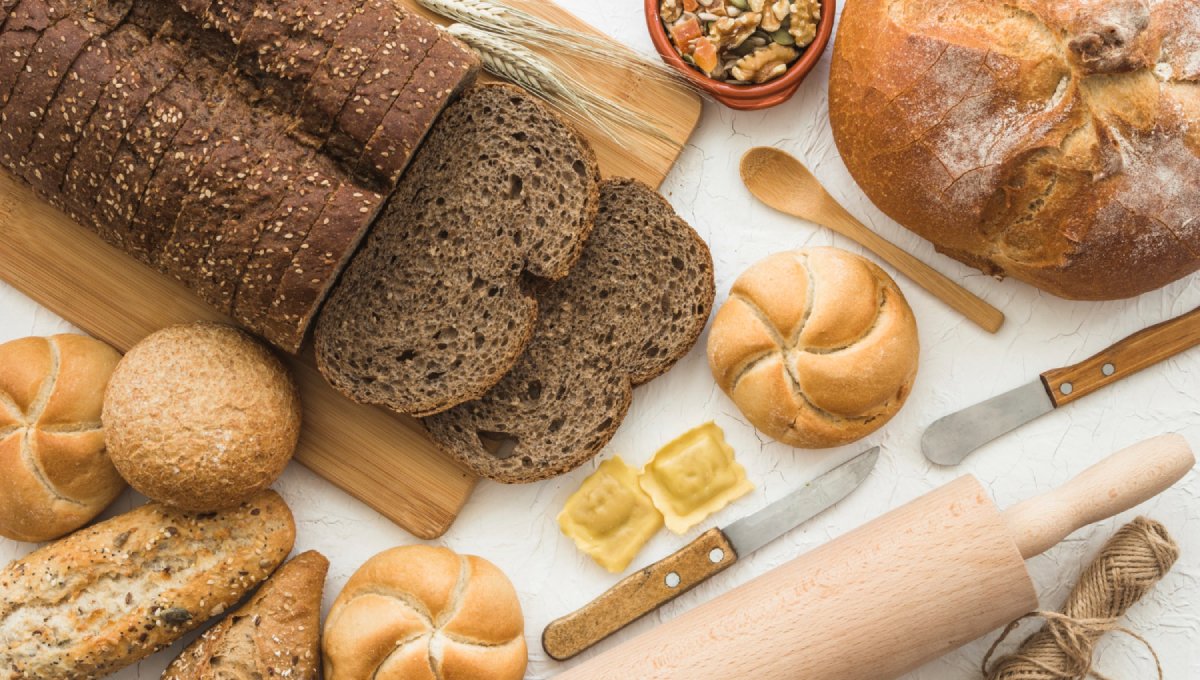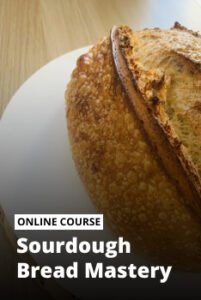Gluten-free living is not just a dietary choice for many; it’s a necessity for health and well-being. Eliminating gluten, a protein found in wheat, barley, and rye, can alleviate symptoms for those with celiac disease or gluten sensitivity.
Beyond symptom relief, gluten-free living can lead to a more mindful approach to eating and experimenting with a variety of nutritious grains. However, navigating this lifestyle can be challenging, especially for bread lovers.
Sourdough, traditionally made from wheat, may seem off-limits, but with the right techniques, it can be part of a gluten-free diet.
Bread Scoring Lame: The Perfect Tool for a Professional Finish.
Table of Content
Understanding Gluten-Free Sourdough Options
When embracing gluten-free living, one of the first steps is to understand the options available.
Gluten-free sourdough is made from alternative flours such as rice, buckwheat, or teff. These flours can be mixed with a gluten-free starter—a combination of flour and water that ferments over time—to create a sourdough bread that is safe for those avoiding gluten.
The key is to ensure that all ingredients, including the starter, are completely free of gluten. This might involve preparing a starter from scratch to avoid cross-contamination.
Baking Techniques for Gluten-Free Sourdough
Gluten-free living requires adapting baking techniques, especially for sourdough. Gluten-free flours behave differently than wheat flour; they often result in a denser texture and may require different hydration levels.
Experimenting with various flours and hydration ratios is crucial to achieve the desired texture.
Adding xanthan gum or psyllium husk can help mimic gluten’s binding properties, improving the bread’s structure.
It’s also important to adjust expectations, as gluten-free sourdough might not have the same chewiness as traditional sourdough but can still be delicious and satisfying.
Incorporating Nutritious Grains and Flavors
Gluten-free living with sourdough offers an opportunity to explore a wide range of nutritious grains and flavors.
Each gluten-free flour brings its unique taste and nutritional profile. For example, buckwheat is rich in protein and fiber, while brown rice flour is mild and versatile. Incorporating a variety of these flours not only enhances the nutritional value of the bread but also keeps the gluten-free diet interesting and enjoyable.
Adding seeds, nuts, or dried fruits can further enrich the flavor and texture of the sourdough, making each loaf a unique culinary creation.
Gluten-free living with sourdough is a journey of exploration and creativity. It requires understanding the options available, adapting baking techniques, and embracing the variety of grains and flavors that a gluten-free diet offers.
While it may come with its challenges, it also brings the joy of savoring homemade, nutritious bread that aligns with one’s health needs and preferences.
For those navigating a gluten-free lifestyle, sourdough can be a delicious and fulfilling part of their culinary repertoire.






